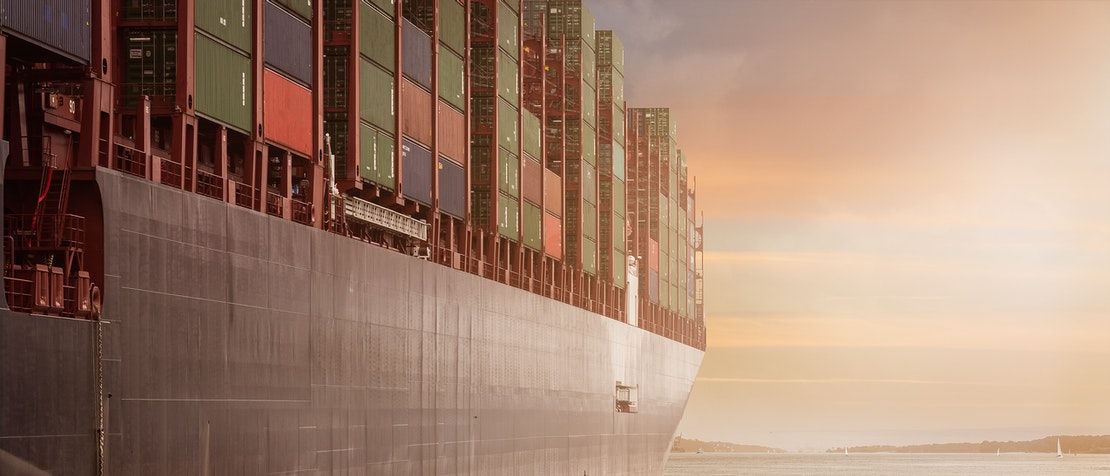
Leveraging regulations and technology to safeguard maritime communication and navigation
Maritime transport is the backbone of international trade. The safety of shipping and protection of the maritime environment are therefore critical to promoting a sustainable maritime transport sector. Moreover, the safe and efficient movement of goods and people at sea is vital to attaining the 2030 Sustainable Development Agenda and especially SDG 14: Life Below Water. As the United Nations specialized agency for information and communication technologies (ICTs), ITU works to support and improve safety and security in the maritime field through the allocation and protection of frequency spectrum for maritime communications and by developing standards for maritime radio systems. In addition, ITU updates and makes available its maritime service publications containing information on coast and ship stations used worldwide, as well as the rules for establishing communications at sea. Technical and service information concerning coast and ship stations is also accessible through the ITU Maritime mobile Access and Retrieval System (MARS), which is available 24/7 online. Reliable communications: Key for maritime traffic safety At the last World Radiocommunication Conference (WRC-19) held in Sharm El-Sheikh, Egypt, ITU Member states took important decisions concerning the enhancement of safety at sea through the introduction of new maritime communication systems and increasing efficiency of spectrum utilization. The Global Maritime Distress and Safety System (GMDSS) is an internationally recognized radio communication system. Developed by the International Maritime Organization (IMO) and ITU, the system alerts shore-based search and rescue services in cases of distress at sea and notifies vessels in the vicinity to provide the necessary assistance. WRC-19 agreed to provide additional spectrum resource for new elements of GMDSS, thus expanding its coverage and enhancing its capabilities. In supporting GMDSS satellite components, WRC-19 made necessary frequency allocations to accommodate a new GMDSS satellite service provider in the ITU regulatory framework. In this way, WRC-19 permitted an additional non-geostationary (non-GSO) satellite system to provide global services for GMDSS. This decision significantly expands the capacities of satellite distress and safety communications with ships sailing in the polar areas. Advancing safe and sustainable e-navigation systems Increasingly, the maritime industry is turning to emerging and innovative digital technologies to improve maritime communication and navigation to enhance safety and security of ships and at ports worldwide. We have seen progress in the development of maritime autonomous surface ships (MASS) as e-navigation becomes the mainstream of the maritime communication advancements. It is no surprise therefore that autonomous ships may soon become a reality. WRC-19 identified frequencies in the maritime mobile service for the NAVigational DATa (NAVDAT) system. NAVDAT is a modern digital system operating in Medium and High Frequency maritime bands to broadcast maritime safety information to mariners. These include navigational warnings, meteorological forecasts, weather bulletins, and more. In the context of GMDSS modernization, the NAVDAT system may complement or possibly replace the current navigational telex (NAVTEX) system in the future. Another maritime issue considered by WRC-19 was the allocation of frequency resources and establishment of regulations for small floatable autonomous maritime radio devices (AMRDs). These devices provide a wide range of functionalities, such as “man overboard” (MOB), diver locators, fishing buoys, fishing net markers, etc. Before WRC-19, a huge number of AMRDs were unregulated. This caused real difficulties to ships and jeopardized the safety of navigation due to uncertainties in the identification of these devices on ships’ navigational displays. Frequencies to be used by autonomous maritime radio devices were identified by the Conference and regulations for their operation on specific frequency channels were adopted to enhance navigation safety while at the same time protecting safety-related systems, like GMDSS and the Automatic Identification System (AIS). Another emerging maritime technology is VHF (Very High Frequency) Data Exchange System (VDES), which is considered as a potential part of the e-navigation concept. The system integrates the functionalities of data exchange and AIS applications. Before WRC-19, only terrestrial VDES component had necessary frequency resource to operate. WRC-19 made allocations to the maritime mobile-satellite service in VHF frequency bands to enable the satellite component of VDES. This decision extends the service of terrestrial VDES component and enables the implementation of the entire VDES concept to support the implementation of e-navigation. As a new technology using VHF maritime band, VDES increases maritime communications capacities. Looking ahead to WRC-23 We are already on the road towards the next World Radiocommunication Conference (WRC-23) and discussions on updating communication systems for the maritime sector, including the modernization of the GMDSS and development of e-navigation systems, are underway. ITU is carrying out studies to update the Radio Regulations, Recommendations and Reports to respond to the emerging trends in the maritime communications, which include transitioning to digital technologies and the adoption of wireless applications.
It is vital that we leverage innovative technologies to improve maritime communication. Better safety and security at sea will help us guard against shipping disasters which could impact fragile marine ecosystems. At ITU we are fully leveraging our regulatory and scientific potential to promote sustainable shipping.
RELATED: Learn more about the role of radiocommunication in keeping people safe at sea here.
COMING SOON: The 2020 edition of the ITU Maritime Manual for use by maritime and maritime mobile satellite services will soon be available for purchase in all six UN languages, in both CD and print formats. Learn more here.
Image credit: Pixabay via Pexels
